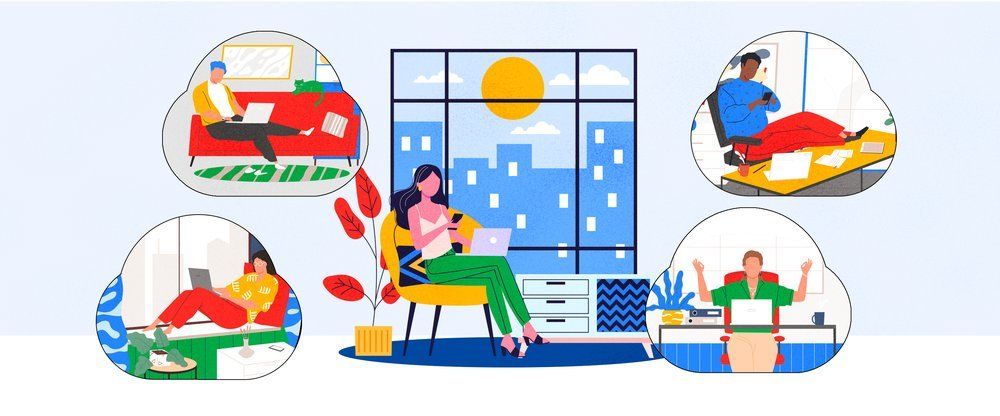

If you’ve considered cord cutting you might have heard that you should just do it. While it’s true that nothing is holding you back, it never hurts to be a little prepared. There are some things that could certainly help you create a smoother experience for yourself. You need to consider things like your Internet speeds, how you’re going to get certain channels, and where you’re going to put the antenna.
The following suggestions should help smooth the transition for any new cord cutter. These ideas are just basic starter points and you may find that other things also have helped you. If that’s the case, we welcome you to share them with our other readers!
1. Using an Antenna Will Give You Broadcast/Local Channels for Free!
There is a lot of talk about what live stream services allow local channels and in what cities. With a digital antenna, these are things you don’t need to worry about because you’ll be able to watch them absolutely free on your TV. This is going to be especially helpful for people who love award shows, special events, and sports because these are often on local channels.
If you like basketball, having a digital antenna means that you can watch all of the local CBS March Madness games at no cost to you. The same can be said for football, as many NFL Games air on local channels throughout the season! An antenna is going to let you watch all of this and more, and it’s all free once you’ve made the initial purchase for the antenna.
2. About 5 mbps per Simultaneous Stream Is Required for Streaming
In order to properly stream audio and video in the best quality possible you need the highest Internet speeds possible. Lower speeds may mean buffering or decreased audio/visual quality. For example, the video might go from HD quality to being fuzzy if it doesn’t buffer. Each streaming service will say a different speed requirement is suggested. A good rule of thumb in general is 5 mbps per stream. This could mean you need faster Internet. Some cord cutters prefer DSL for the faster speeds.
Whether that’s the case for you or not, we recommend you check out your speed and adjust it accordingly. If you find you need faster speeds, if you’re thinking of cutting the cord (or already have) it’s a purchase you should make so that you have reliable streaming options. Otherwise, you may find that streaming leaves a lot to be desired.
3. Your Wi-Fi Setup Matters
More little things about your Wi-Fi setup will matter than you could ever anticipate. For example, you need to be sure you’re placing your Wi-Fi router in the best place. If you tuck it in the back room of your home in the far corner is it going to reach your attic or your basement level office? You want your router placed in a spot where it will cause minimal dead or weak spots in other areas of the home. Sometimes, unfortunately, due to the size of your home, dead spots are a reality. If that’s the case, you might want to consider something like an Eero mesh network.
Using multiple access points, Eero allows Internet access to run smoothly throughout your home removing weak spots and dead spots altogether. Your devices will connect to the point in the network that is closest to them. This ensures a strong, reliable signal every time.
More than anything, having reliable Internet, fast speeds, and an antenna are some of the building blocks for a strong streaming relationship. This will allow you to experience minimal problems, in turn making streaming easier and more enjoyable as you experience your transition from cable to streaming.

